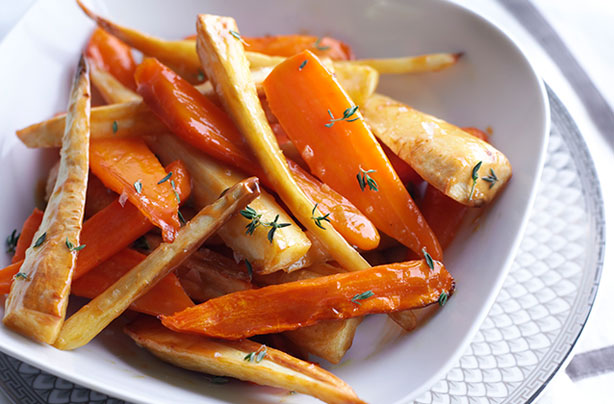
Salty sweet caramelised parsnips and carrots are the ultimate decadence in a side dish.
Salted caramel is one of the most indulgent ways we’ve come across to enjoy your root vegetables. For special meals like Christmas feasts, it’s an excellent choice. Though it’s delicious alongside turkey, we think it might be even better with a Boxing Day roast ham, or an American-themed Thanksgiving dinner. Whatever you eat them with, caramelised parsnips and carrots are easy to make prepared in just 15 minutes.
Ingredients
- 500g carrots, peeled
- 500g parsnips, peeled
- 25g butter
- 25g granulated sugar
- Few stalks fresh thyme
WEIGHT CONVERTER
Method
- Heat the oven to 200°C/400°F/Gas 6. Cut the carrots and parsnips into even sized chunks. Put in a roasting tin with the oil, thyme and seasoning. Roast for 30-40 mins, until tender.
- Melt the butter and sugar together in a heavy-based pan. Increase the heat and cook for 5 mins. Add 1 tsp flaky sea salt.
- Drizzle over the veg and coat well. Return to the oven for a few mins to crisp up. Serve with extra thyme, if you like.
Top tips for making caramelised parsnips and carrots
It has to be flakey sea salt that you use in this recipe - table salt is too fine and heavy to have the right effect and your vegetables will be overwhelmed by the salt.
You might also like...
Honey glazed carrots and parsnips

Octavia Lillywhite is an award-winning food and lifestyle journalist with over 15 years of experience. With a passion for creating beautiful, tasty family meals that don’t use hundreds of ingredients or anything you have to source from obscure websites, she’s a champion of local and seasonal foods, using up leftovers and composting, which, she maintains, is probably the most important thing we all can do to protect the environment.
-
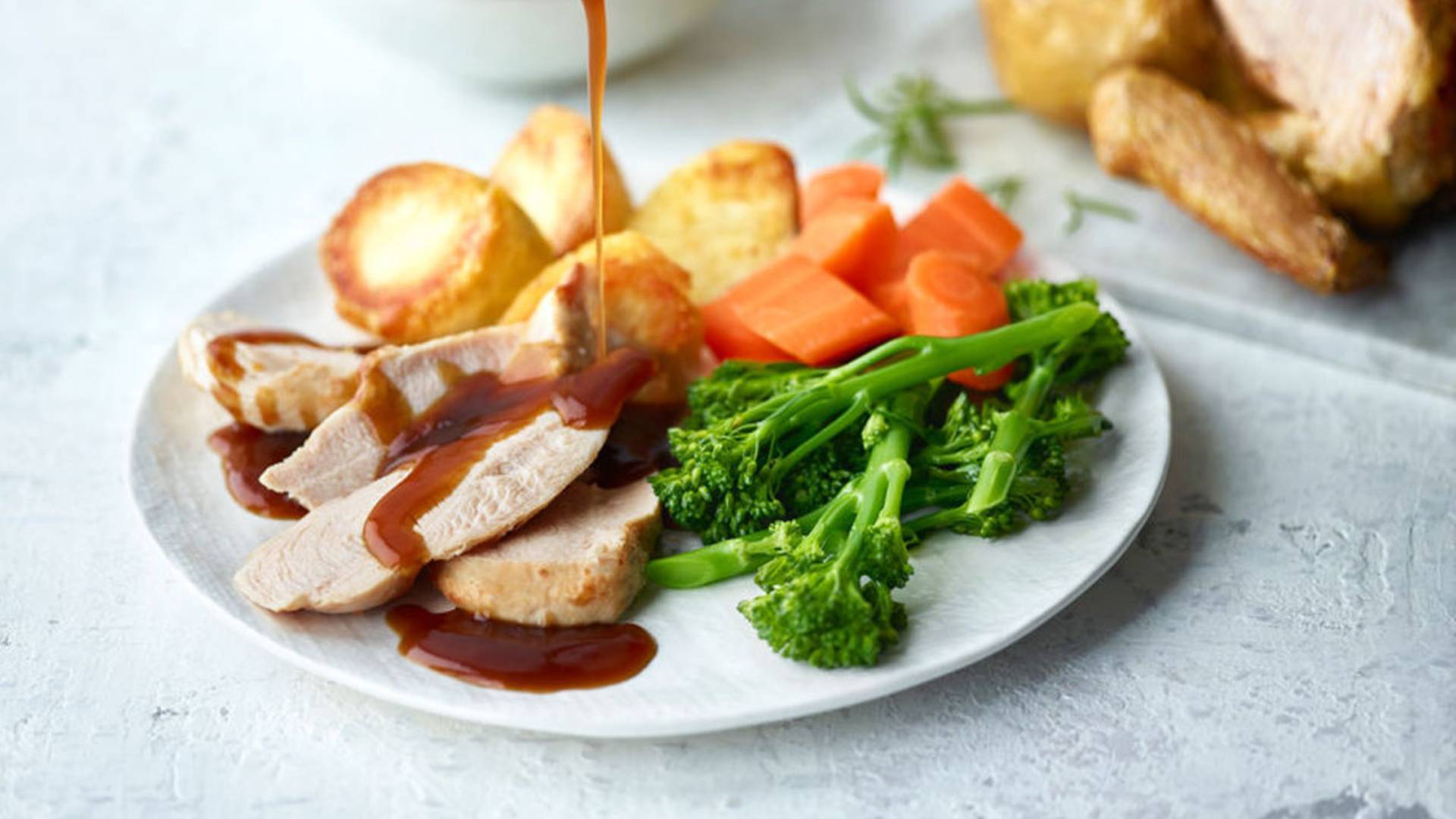 Slimming World's roast dinner
Slimming World's roast dinnerWith Slimming World's roast dinner you'll never feel like you have to miss out on the most important meal of the week again.
By Slimming World Last updated
-
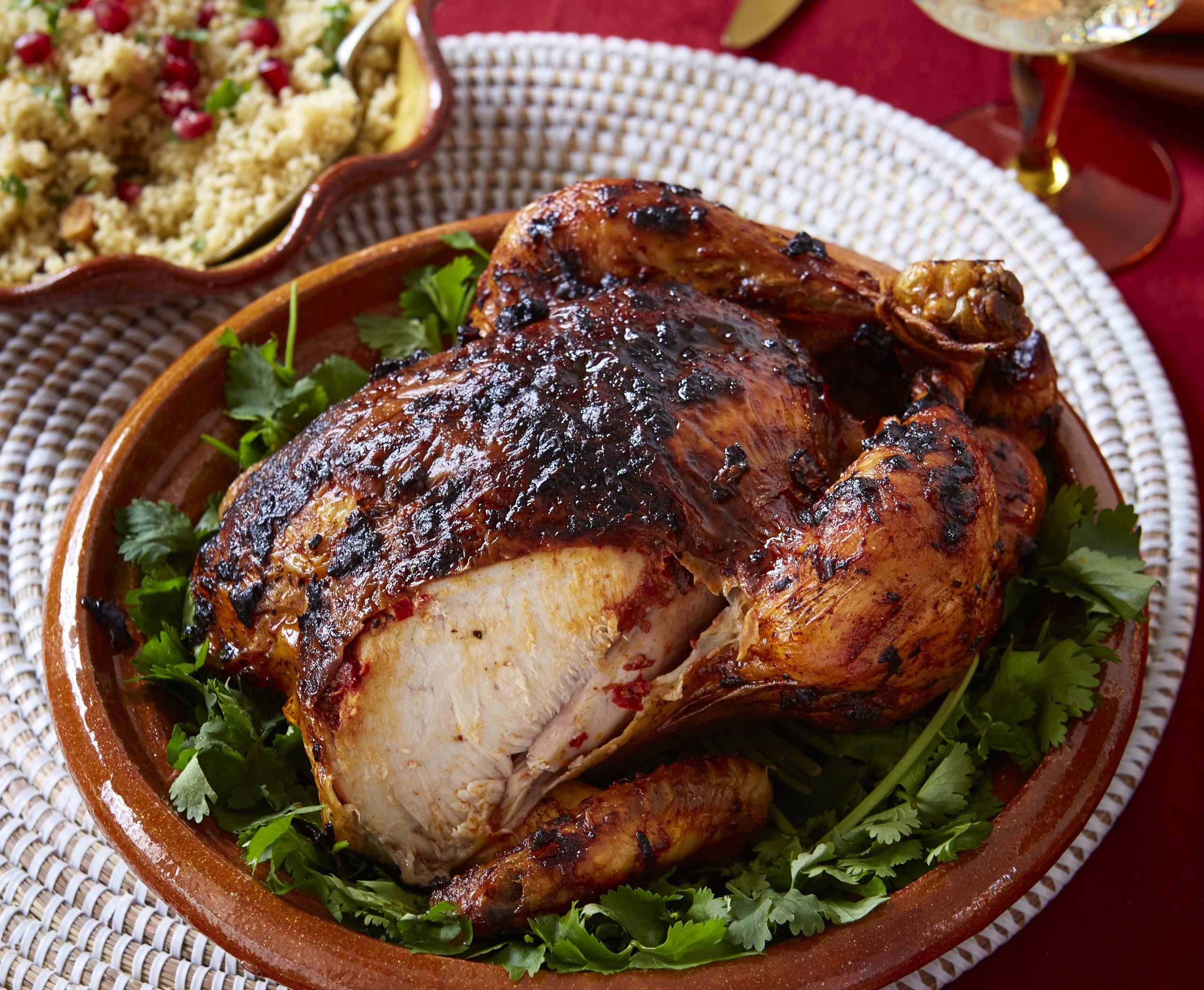 Harissa roast chicken with jewelled cous cous
Harissa roast chicken with jewelled cous cousBy Samuel Goldsmith Published
-
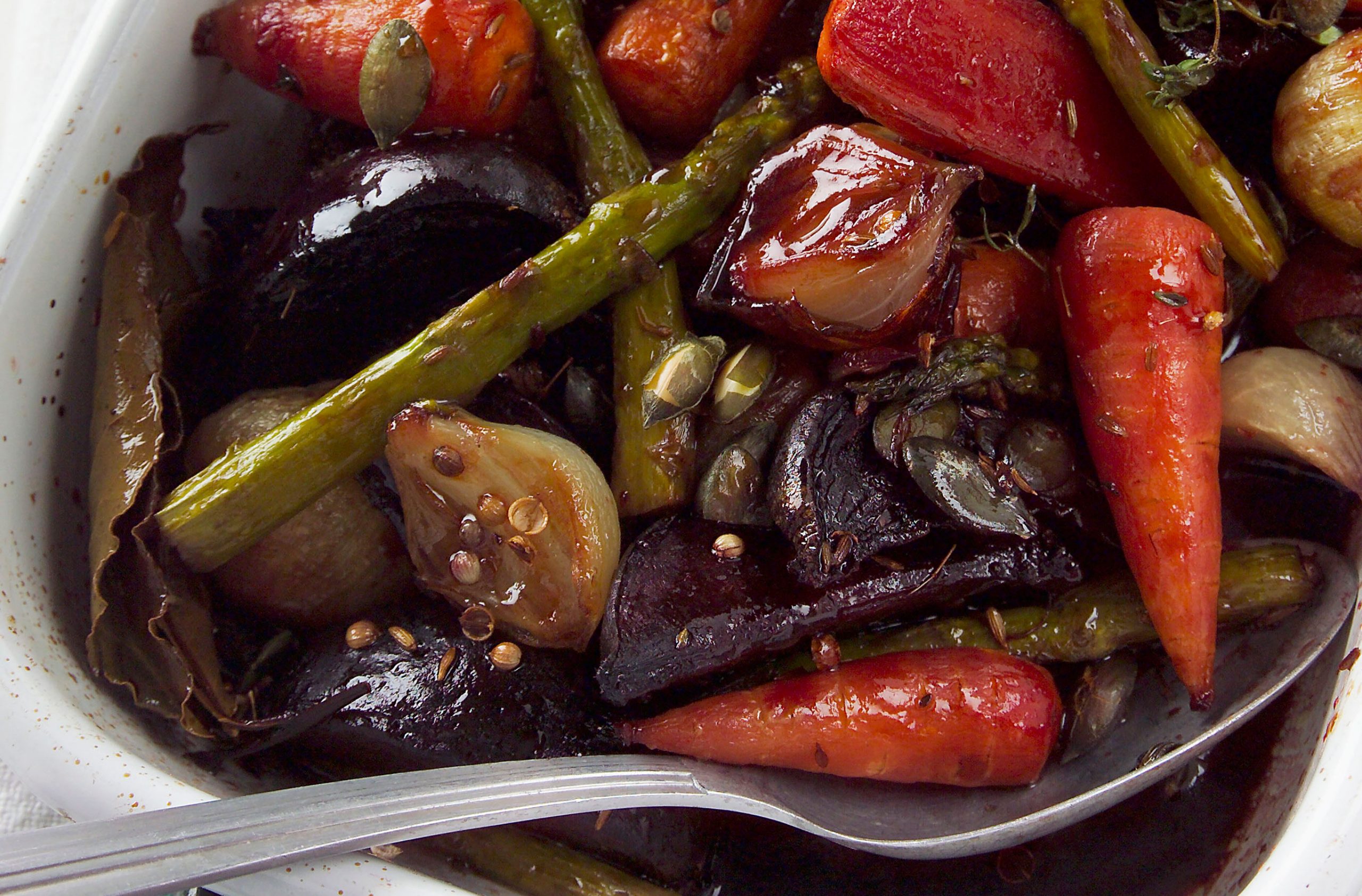 Honey-roasted summer veg
Honey-roasted summer vegTry honey-roasted summer veg from Woman's Weekly with your roast chicken, beef, lamb or pork. See our roast dinner recipes too.
By GoodtoKnow Published
-
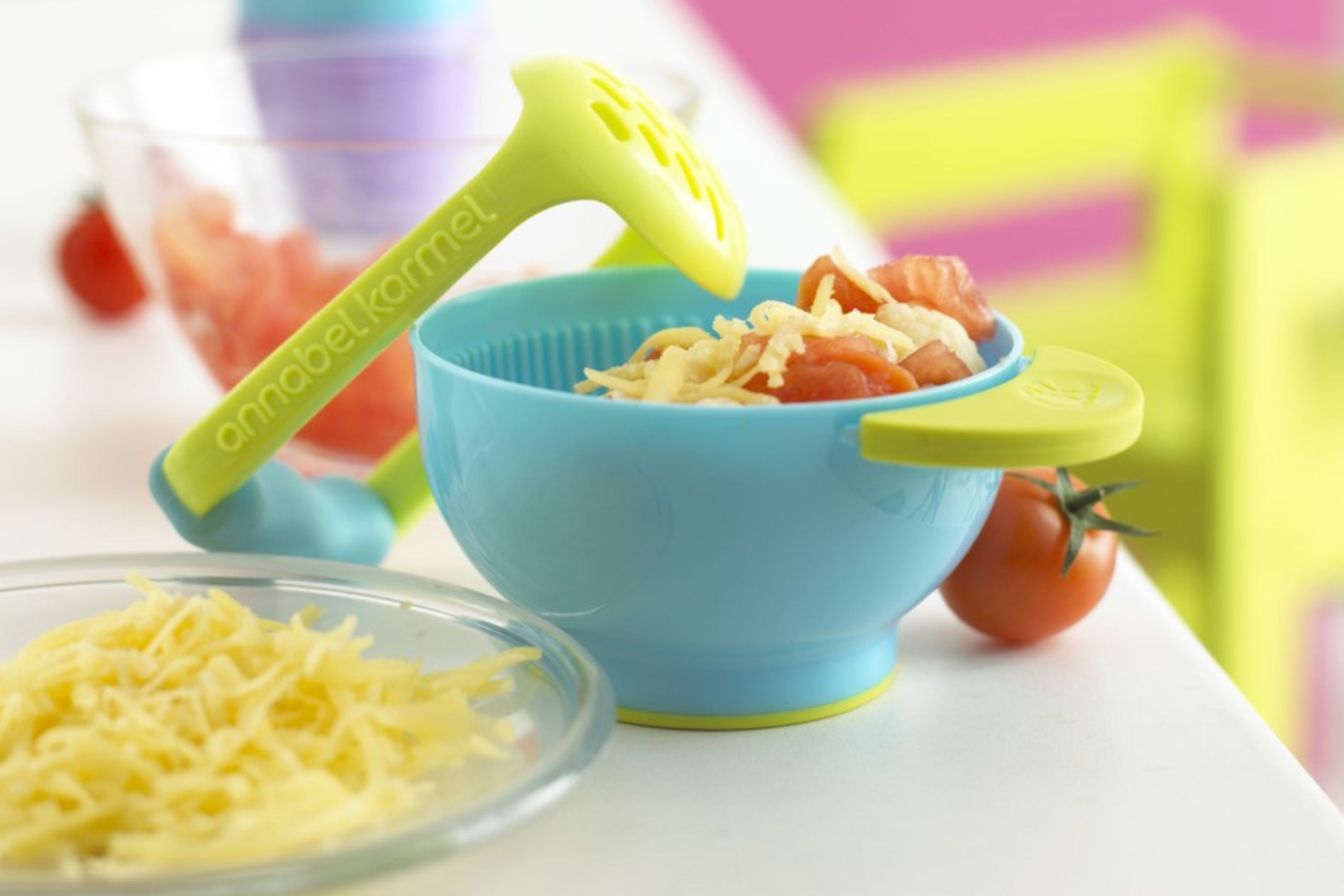 Annabel Karmel's trio of vegetables with tomato and basil
Annabel Karmel's trio of vegetables with tomato and basilSuitable for six months plus, this baby food by nutritional expert Annabel Karmel is made with a whole heap of veggies...
By Annabel Karmel Published
-
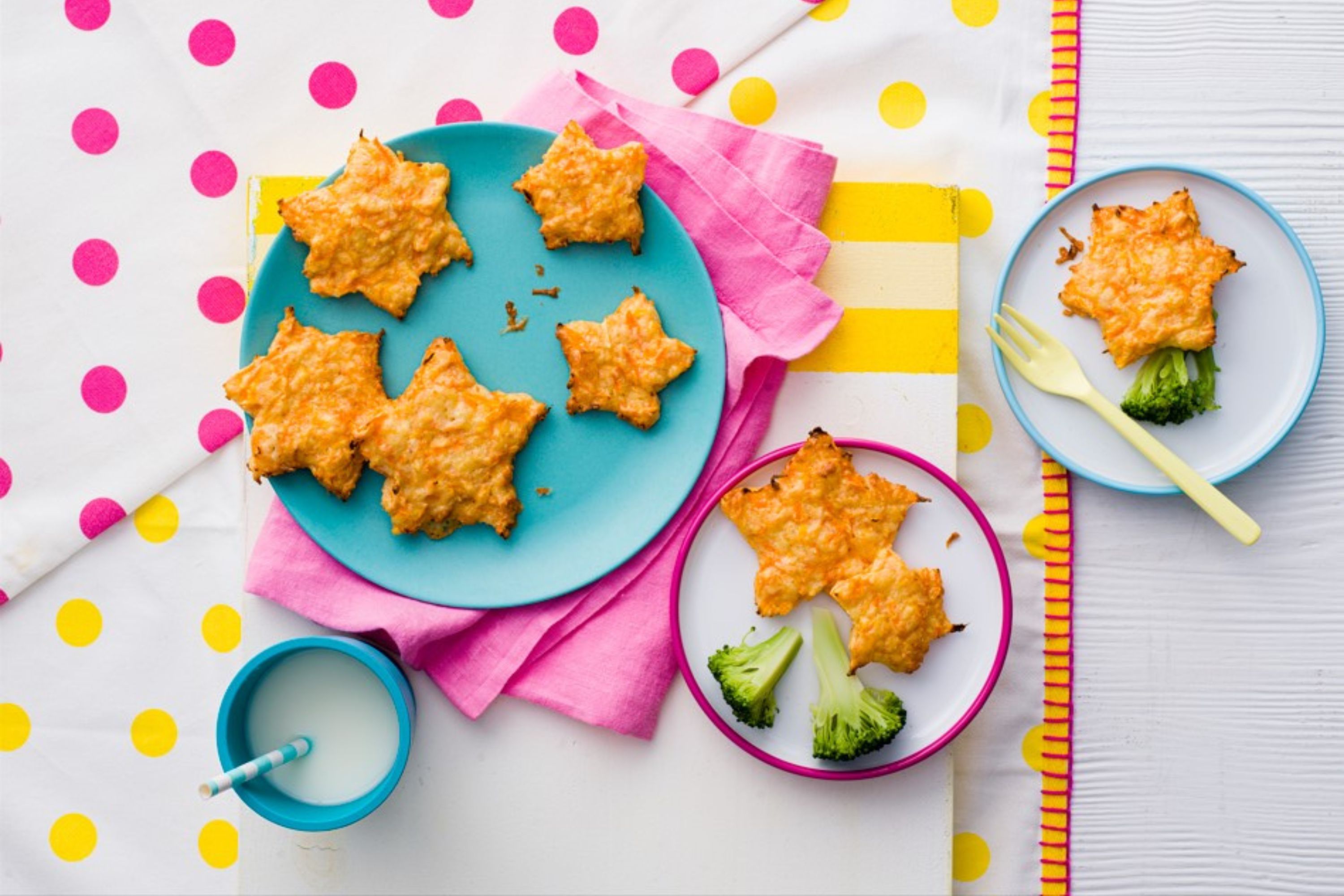 Annabel Karmel's cheesy carrot stars
Annabel Karmel's cheesy carrot starsThese flavour-packed cheesy carrot stars by Annabel Karmel are perfect for introducing finger foods to your little one...
By Annabel Karmel Published
-
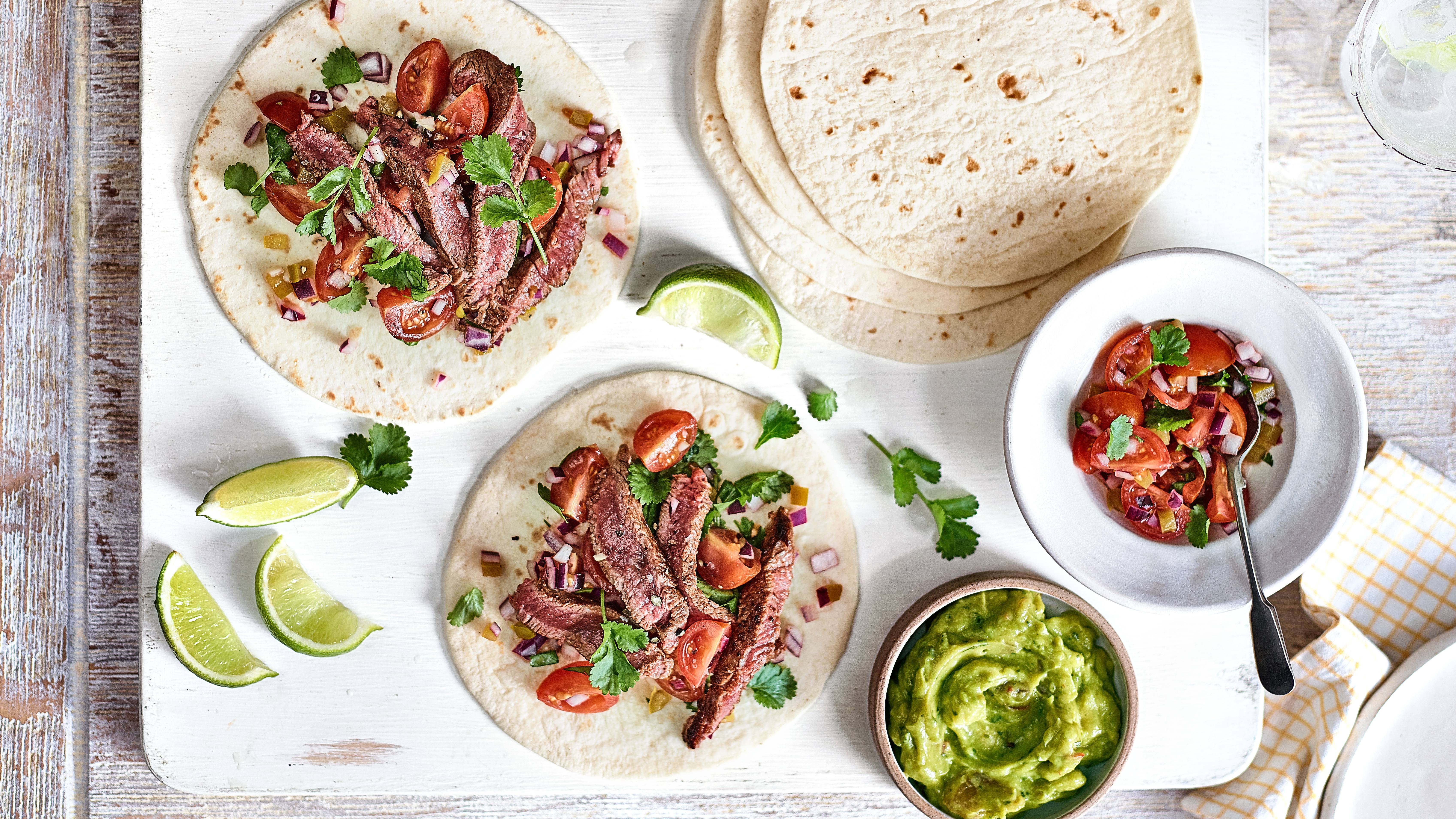 Steak and salsa wraps
Steak and salsa wrapsOur steak and salsa wraps are one of those build-you-own suppers the teens in your house will love...
By Jessica Ransom Published
-
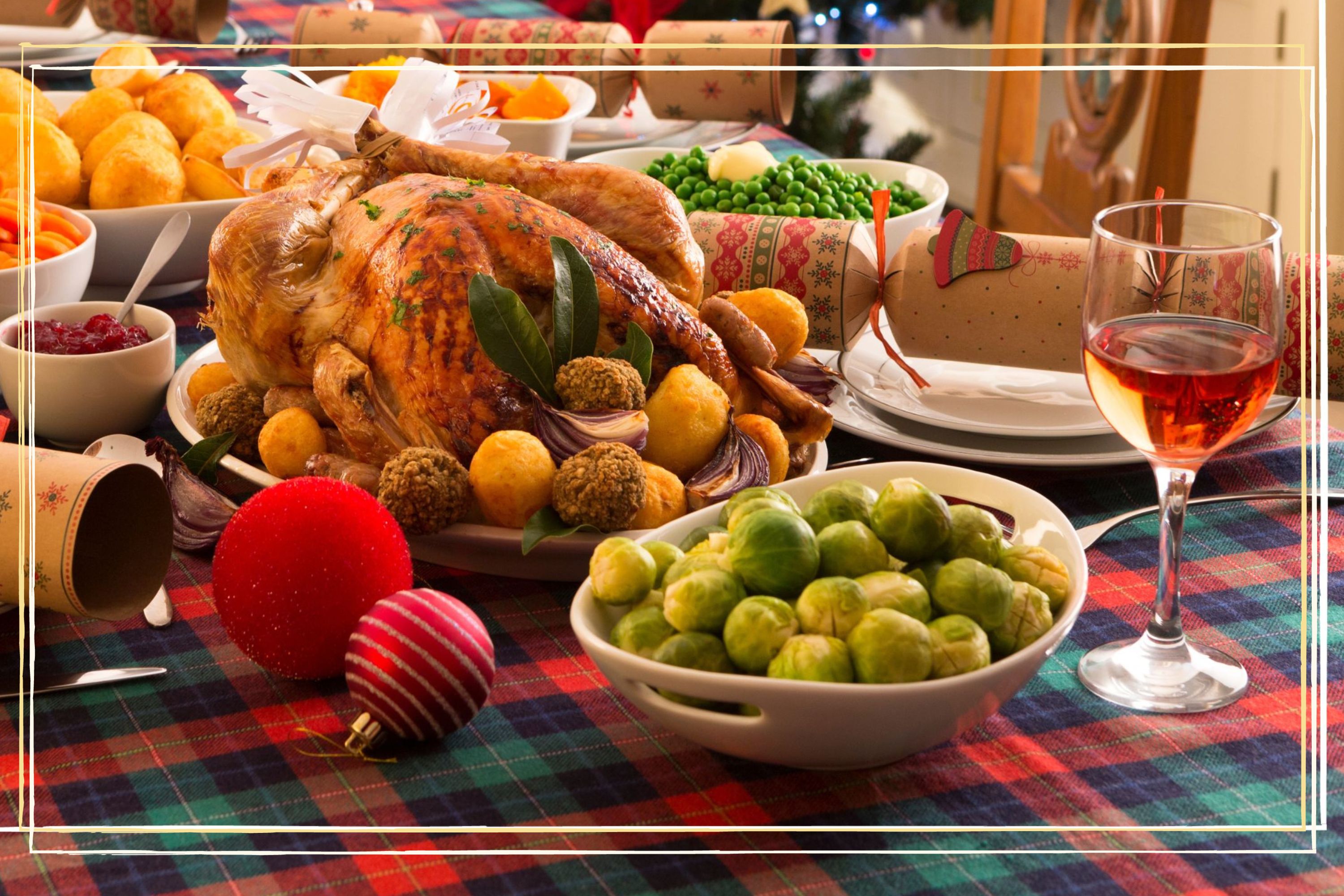 The most unpopular Christmas dinner item revealed, and surprisingly it’s not sprouts
The most unpopular Christmas dinner item revealed, and surprisingly it’s not sproutsBut do you agree with what's been ranked the most unpopular Christmas dinner item?
By Selina Maycock Published
-
 Why George, Charlotte and Louis won’t be joining the rest of the family for Christmas dinner
Why George, Charlotte and Louis won’t be joining the rest of the family for Christmas dinnerHe'll be sat at a different table from King Charles and senior Royals...
By Adam England Published
-
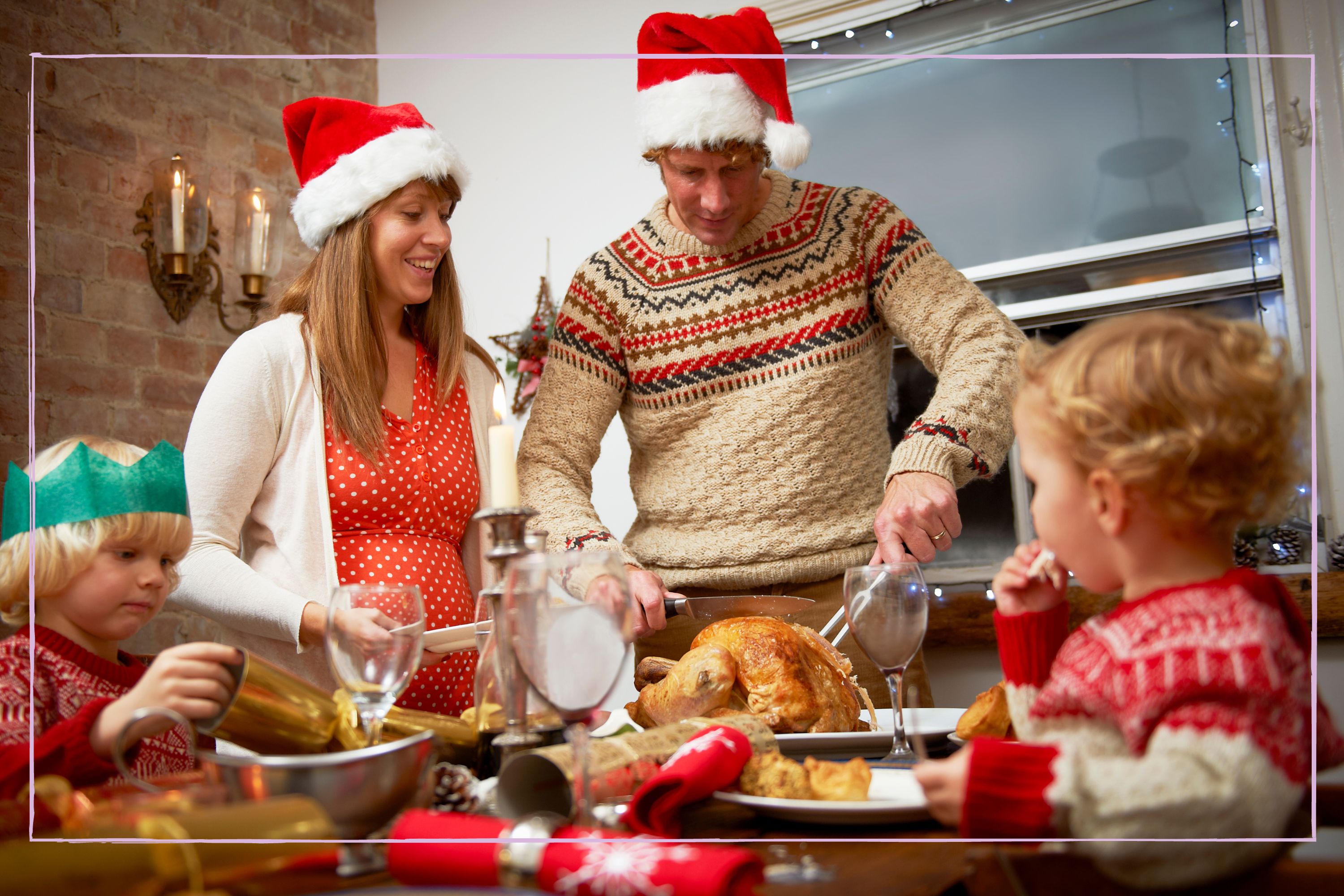 The Christmas dinner food item that's loved the most is revealed, and surprisingly it’s not turkey
The Christmas dinner food item that's loved the most is revealed, and surprisingly it’s not turkeyHave you got this most popular Christmas dinner dish nailed?
By Selina Maycock Published
